Gear up for your trek: tips for a perfect packing list
When embarking on a Ryder-Walker hiking trip you will want to be prepared with the right gear so you can enjoy your trek to the fullest. Whether you are hiking from inn-to-inn, staying in first class hotels or overnighting in a remote hut, we have a recommended packing list that gives the essentials that should go in every daypack.
These aren’t traditional backpacking trips, which means you can travel light and don’t have to worry about all the gear required for overnighting outdoors. But these tours involve full days on the trail in a spectrum of conditions, and it’s important to come prepared to stay comfortable. So, let’s break down the essentials and non-essentials for your packing list.
What you wear from day to day and hour to hour on your trip will likely vary — everything from short sleeves and shorts on fair days to fleece and long underwear on colder ones. To ensure comfort, you’ll need a variety of layers in breathable, moisture-wicking performance materials such as polyester, wool or Gore-Tex. That means no jeans and little to no cotton.
Because there will be a lot of walking, appropriate footwear is also critical — we’re talking waterproof, sturdy and supportive (read more about finding the right footwear here). There are also items that’ll make your trip more enjoyable, such as trekking poles. And finally, there are optional but useful extras such as rain pants.
Basic Packing List, starting with essentials:
ESSENTIALS
- Sturdy hiking boots/trail shoes. These should be comfortable, waterproof and most critically, well broken in (waiting to break in your shoes until day one of the trek can lead to a miserable blister experience.)
- Waterproof hooded jacket and rain pants. Make sure both are roomy enough to wear layers underneath, jacket is long enough to reach the top of your thighs and made of breathable, sturdy, waterproof material like Gore-Tex.
- Long-sleeve insulating top. This mid-weight layer could be made of a wicking fabric such as fleece or wool, or you could bring a lightweight down jacket.
- Sturdy, comfortable hiking pants. These should be flexible enough for all-day activity but durable enough to withstand the elements.
- Beanie and gloves. Again, wool or synthetic fleece are optimal materials for keeping you warm.
- Hiking socks and undergarments. Choose wool blends for socks, and also look for performance materials for items like sports bras or underwear.
- Hydration system. Hydration is crucial while hiking in the high peaks. This could be a water bottle or bladder system, but make sure it holds a minimum of one liter.
- Trekking poles. Trekking poles can significantly reduce knee stress; we recommend each hiker brings one collapsible pair.
- Sun protection. High-altitude sun exposure means that quality sunglasses, a brimmed hat and high-SPF sunblock are mandatory.
- Passport. For tours that cross international borders, identification may be requested.
- Travel Documents. Bring your Eurail, Swiss passes, etc., for potential reductions on lifts.
- Cash. Cash in the currency of the country you are traveling in will come in handy for buying refreshments or meals during the tour.
- Daypack. Generally, an 1800-cubic-inch pack is adequate to fit the above items as well as a picnic lunch. However, if your itinerary includes overnights away from your luggage, we recommend bringing a 2400-cubic-inch pack.
Those are the essentials. You might also want to bring one or more of these useful extras.
EXTRAS
- First Aid Kit (Essential if you are self-guided)
- Zip lock baggies
- Camera
- Swimsuit
- Long underwear top and bottoms
- Medications
Other Considerations
For treks that involve one or two nights in a hut or bunk, some hikers enjoy carrying a larger backpack. This allows them to bring overnight items such as an extra pair of socks, comfy shoes, underwear, a towel and toiletries. Many also prefer to bring a book or journal and a small headlamp, as well as a travel sheet or sleeping bag liner.
Proper Equipment = Happy Hiker
To recap: To make the most of your village-to-village hiking trip, come prepared for all conditions — from morning sun to afternoon thunderstorms. This means packing a good pair of shoes, a variety of layers in materials that are built for the outdoors, equipment such as trekking poles and extras like your camera (you’ll want to capture those stunning landscapes, after all.) Simply put: The more prepared you are with the right gear, the happier you’ll be.
So, get packing. Whether it’s hiking in Switzerland or trekking in Bhutan, you are in for the time of your life.
This post covered packing basics. For a more in-depth examination of your trekking equipment, check out the rest of our series on choosing the right gear, which features posts about base layers, insulating layers and footwear.

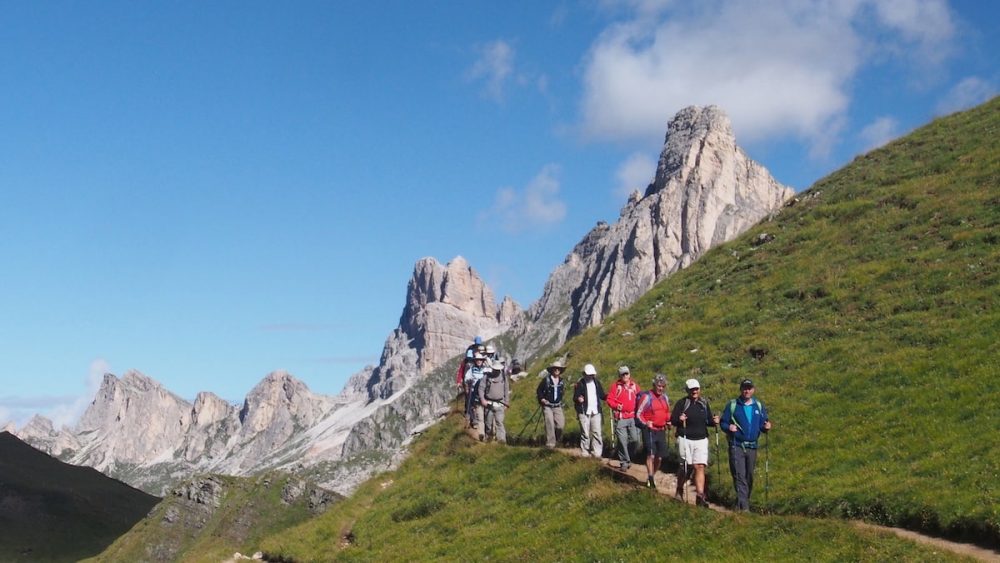
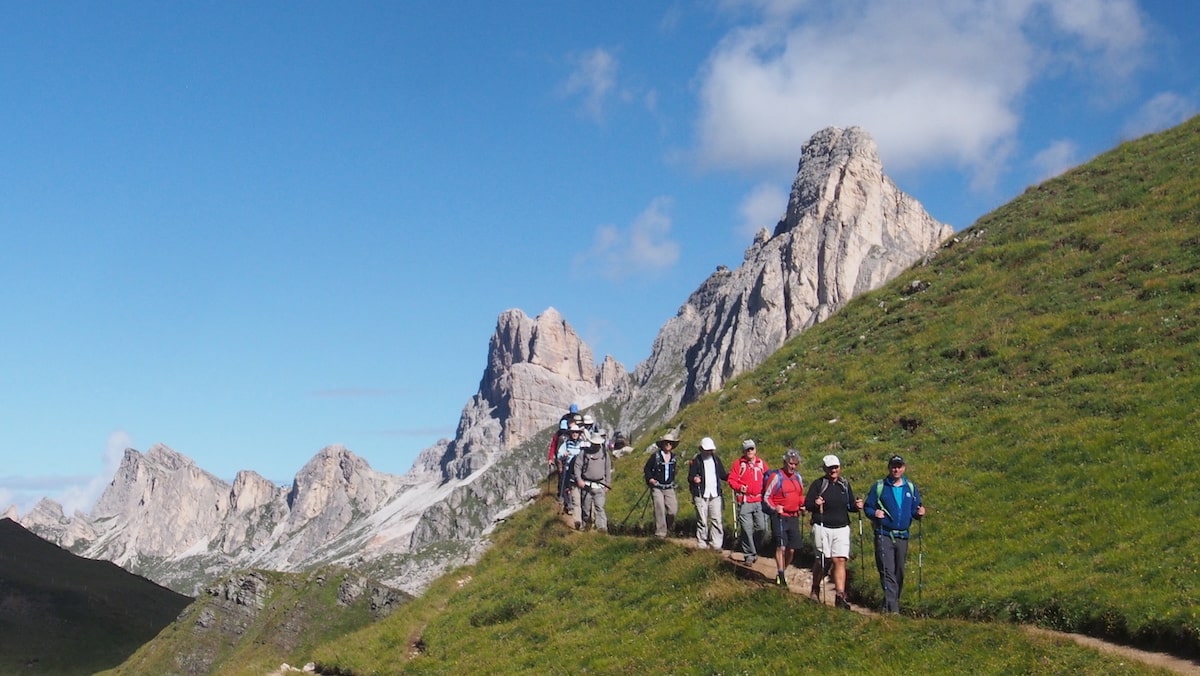

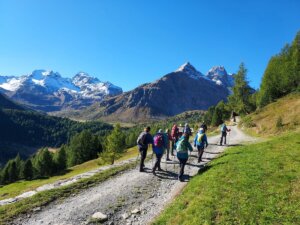


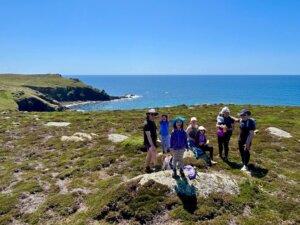


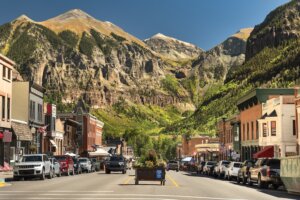












Comments are closed.